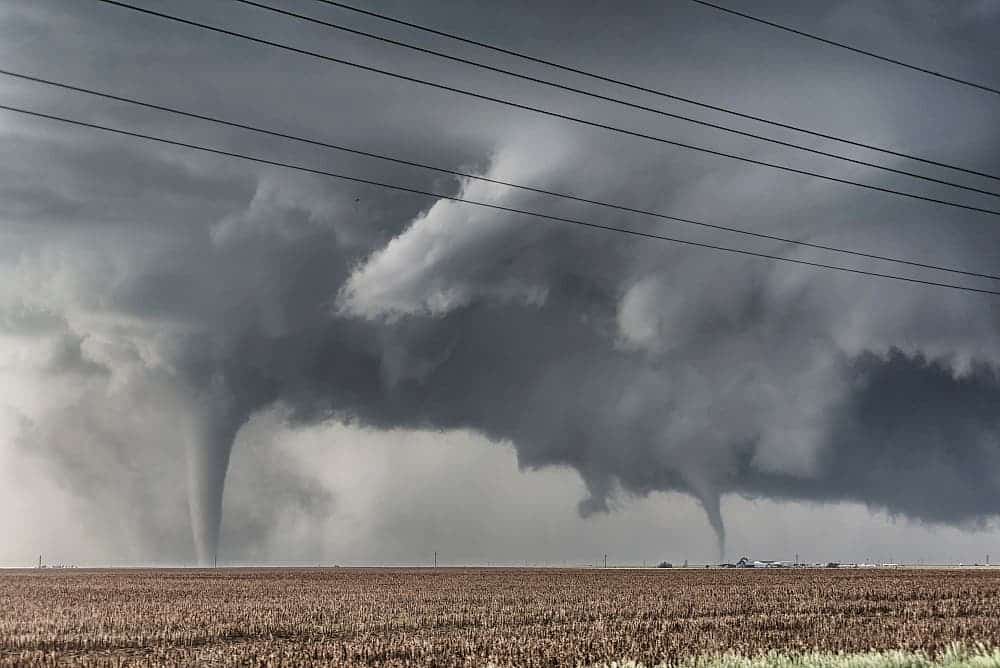The deadly outbreak of tornadoes that tore through parts of Arkansas, Mississippi, Missouri, Kentucky, Tennessee, and Illinois, killed dozens and left wreckage over hundreds of miles has raised the need to better understand the connection between the climate crisis and tornadoes – which is not robust enough so far, climate experts agree.

US President Joe Biden has asked the Environmental Protection Agency (EPA) to look at the role of global warming could have had in the recent tornadoes. “The specific impact on these specific storms, I can’t say at this point. But the fact is that we know everything is more intense when the climate is warming,” Biden said in a speech.
At least 80 people were killed, with over 70 of them in Kentucky, after the series of tornadoes that affected several states last weekend, leaving scenes of devastation. So far, 38 tornadoes were reported, with Kentucky Governor Andy Beshear describing them as the most destructive in history. “The reports are heartbreaking,” he told reporters.
It all started last Friday when a storm system arrived in the central part of the country after forming west, ushering in cold and dense air to the region. This interacted with a record-breaking warmth and created unstable atmospheric conditions. The interaction of cold and warm air masses can lead to dangerous storms like tornadoes, as seen now in the US.
Spring is typically when most tornadoes occur in the US, but that doesn’t mean that can’t happen at other times throughout the year. Tornadoes can happen at any time of the day, even at night, as seen now in the Southeast. In fact, nighttime tornadoes are quite common there, with a peak in activity first in spring and then in early winter.
Tornadoes are classified on the intensity of damage by using the Enhanced Fujita (EF) scale. Of the tornadoes so far reported, at least four were EF-3 and at least five EF-2. These are considered strong, with wind speeds of up to 200 miles per hour. Tornado ratings take several days to be qualified so more severe storms could be soon reported.
Over 50,000 people in Kentucky were left without power, with the governor declaring a state of emergency. The area worst hit was the city of Mayfield, where the roof of a candle factory collapsed and caused mass casualties. In Illinois, at least two people died after the roof at an Amazon warehouse near St Louis collapsed on Friday night.
Tornadoes and climate change
Unlike other extreme events such as droughts and floods, research about the link between tornadoes and climate change hasn’t been as robust yet. But scientists say this is also a matter of having inconsistent and unreliable historical records of tornadoes, as well as the short-lived nature of these extreme weather events. Still, for Victor Gensini, a leading tornado expert, there might be a link between the two.
“When you start putting a lot of these events together, and you start looking at them in the aggregate sense, the statistics are pretty clear that not only has there sort of been a change — a shift, if you will — of where the greatest tornado frequency is happening,” Gensini told CNN. “But these events are becoming perhaps stronger, more frequent and also more variable.”
A study from 2018 by Gensini and Harold Brooks found that the frequency of tornadoes increased in large parts of the Southeast and the Midwest over the past four decades and decreased in the central and southern Great Plains region, known as the tornado alley. Climate change could be contributing to a shift in where tornadoes occur.


